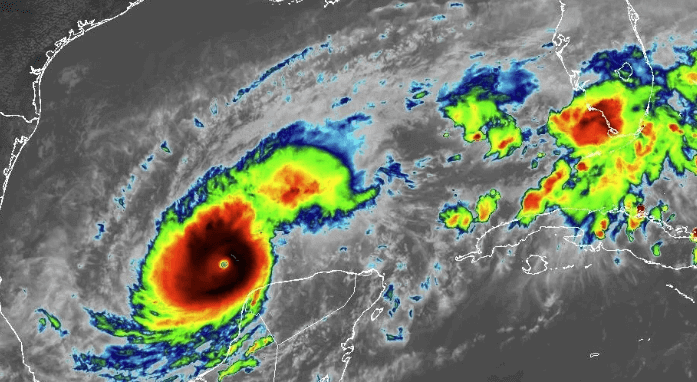Playback speed:
The Controversial Practice of Geoengineering
Geoengineering, particularly Solar Radiation Management (SRM), has long been a topic of heated debate among scientists, policymakers, and environmental activists. ‘The Dimming,’ a documentary directed by passionate climate advocate and researcher, delves into the clandestine world of geoengineering, revealing how aerosol spraying practices are being used to manipulate weather patterns across the globe. This post aims to unpack the documentary’s major themes and explore the complex, often alarming implications of these interventions on our planet’s climate, ecosystems, and public health.
What is Geoengineering?
Geoengineering refers to the large-scale intervention in the Earth’s climatic system, with the aim of combating global warming. The most discussed method within this realm is Solar Radiation Management, which involves spraying particulate matter into the stratosphere to reflect sunlight away from Earth and cool the global temperature. ‘The Dimming’ focuses particularly on this method, providing a critical look at its execution and the secrecy surrounding these operations.
Documenting the Undocumented: Evidence of Geoengineering
The documentary presents compelling visual evidence and expert testimonies that suggest geoengineering is not just a theoretical strategy but a current reality. Through detailed aerial footage and interviews with professionals, ‘The Dimming’ shows aircrafts dispersing aerosols at high altitudes—actions that are officially denied or undisclosed by governing authorities. This segment raises questions about transparency and accountability in environmental policies.
Impacts on Weather Patterns and Ecosystems
One of the central concerns highlighted in ‘The Dimming’ is the modification of weather patterns. The film explains how aerosols can disrupt local and global weather systems, leading to abnormal rainfall patterns, droughts, and unseasonal weather. The ecological ramifications are profound; altered weather can affect biodiversity, agriculture, and freshwater resources, potentially leading to food shortages and loss of wildlife habitats.
Health Hazards: The Human Cost of Manipulating Nature
The Dimming’ does not shy away from discussing the potential health risks associated with aerosol spraying. The documentary points to studies suggesting an increase in respiratory diseases and other health issues linked to fine particulate matter, including aluminum, barium, and strontium—components commonly found in aerosols used in SRM. These substances can infiltrate human and animal food chains, leading to long-term public health crises.
Ethical and Moral Considerations
Beyond the environmental and health impacts, the documentary challenges viewers to consider the ethical implications of geoengineering. Who decides when and how to deploy these technologies? What are the risks of unintended consequences? ‘The Dimming’ advocates for a global conversation on these questions, emphasizing the need for greater oversight, ethical considerations, and public participation in geoengineering debates.
Conclusion: A Call to Action
‘The Dimming’ serves as a call to action, urging viewers to demand transparency and engage in informed discussions about the future of geoengineering. The film suggests that manipulating the planet’s climate is a risky, potentially perilous endeavor and stresses the importance of exploring alternative solutions to climate change that are sustainable and equitable.
Engage and Educate
As unsettling as it may be, ‘The Dimming’ is a crucial piece of documentary filmmaking that shines a light on practices that could have irreversible impacts on our planet. Viewers are encouraged to educate themselves about geoengineering, engage in community discussions, and advocate for responsible and transparent environmental policies. As we face the escalating challenges of climate change, it is imperative that any interventions in our planet’s systems are carefully considered and controlled.

